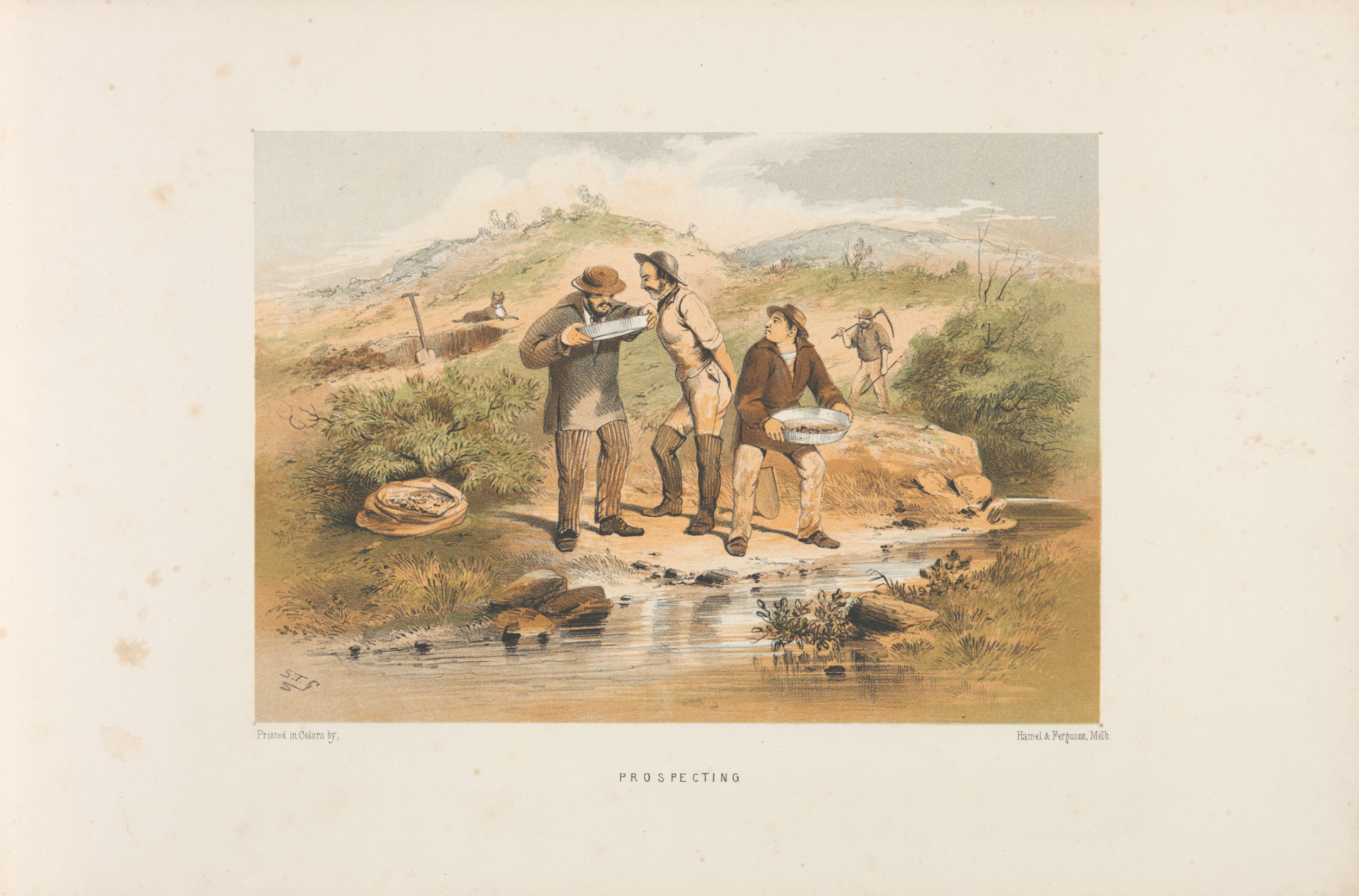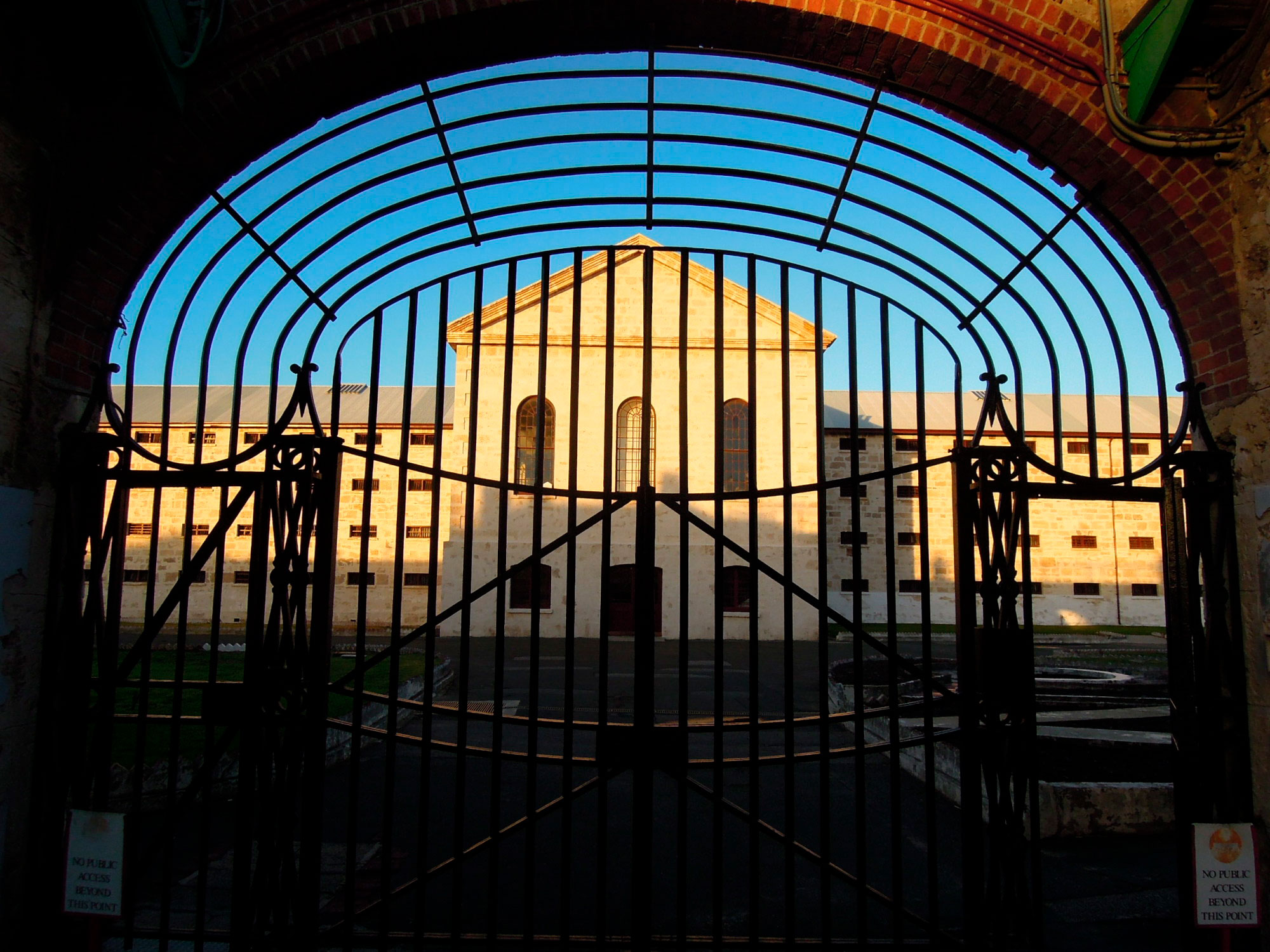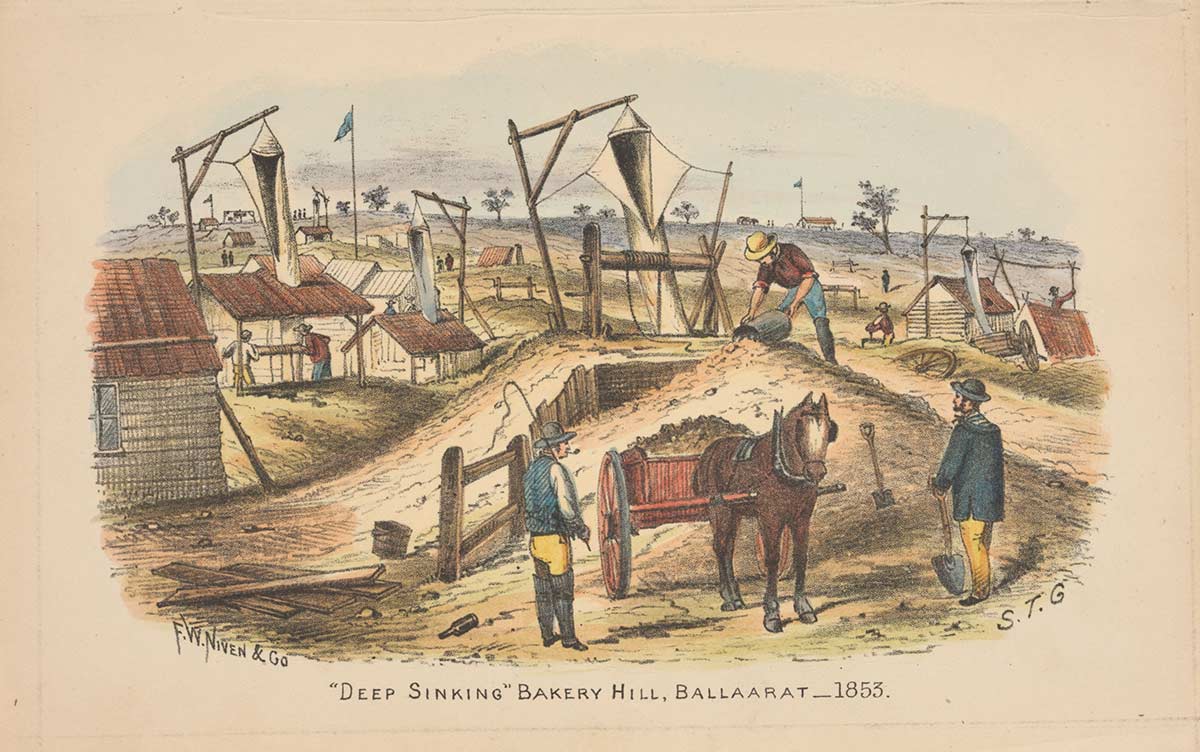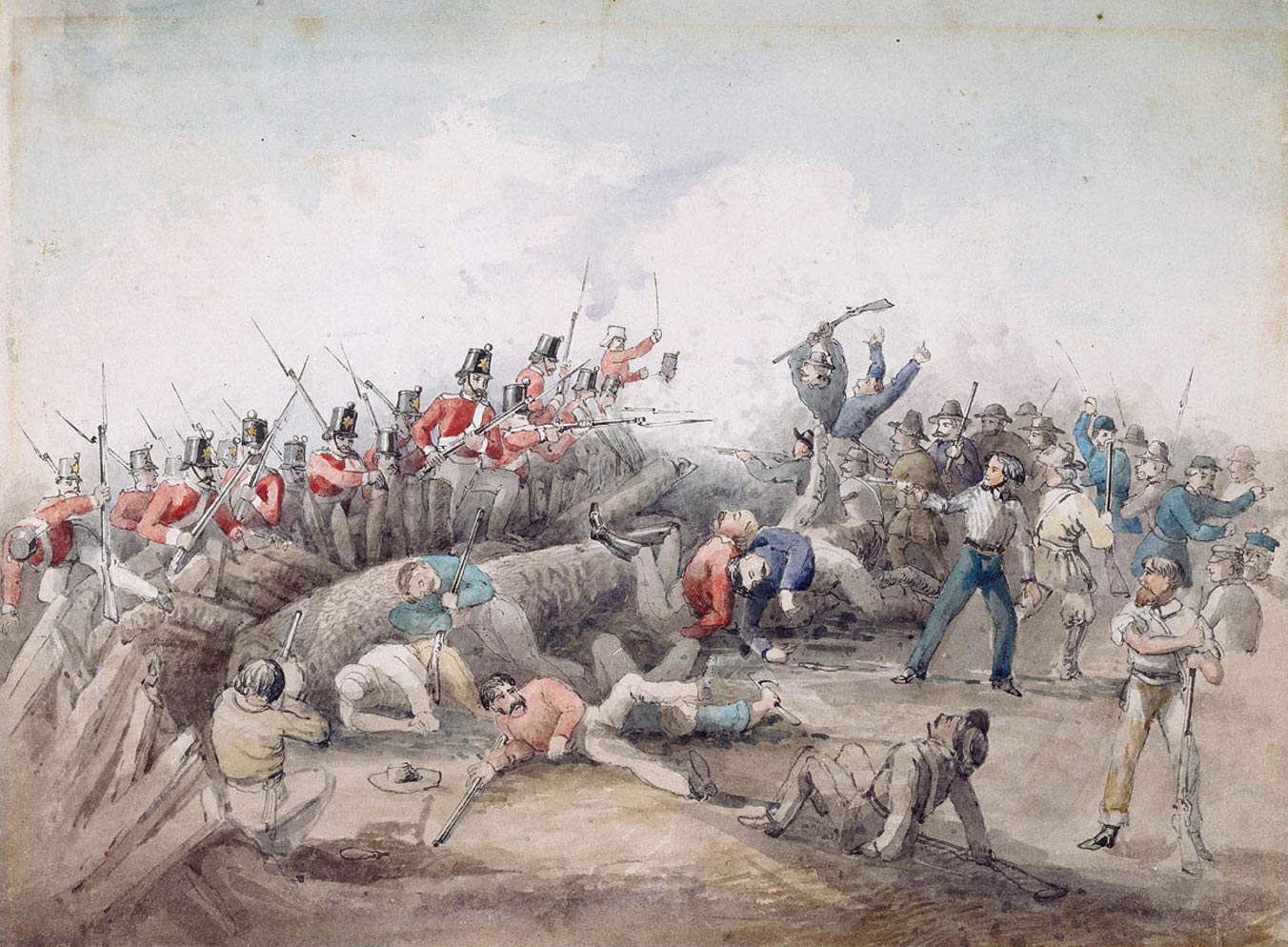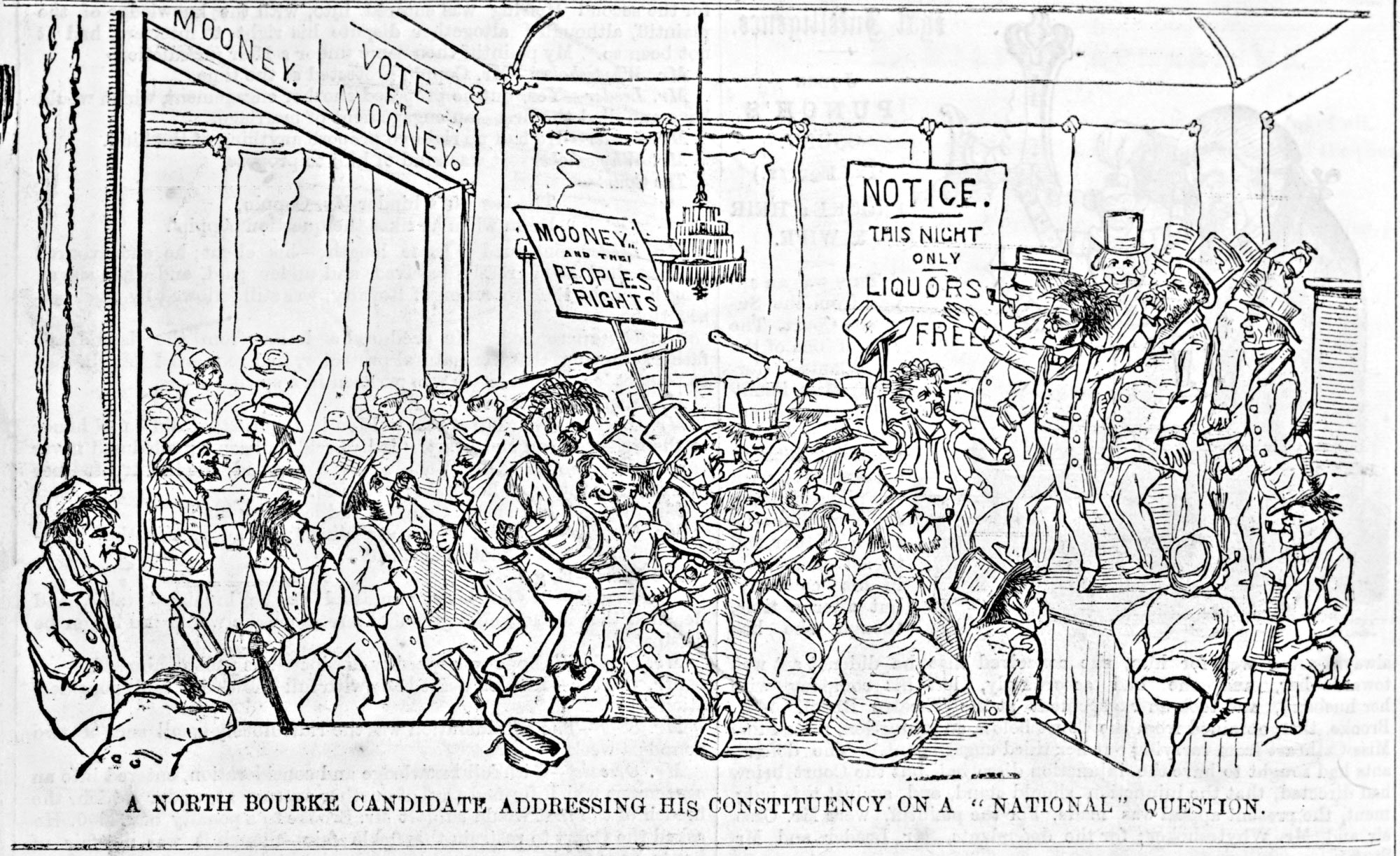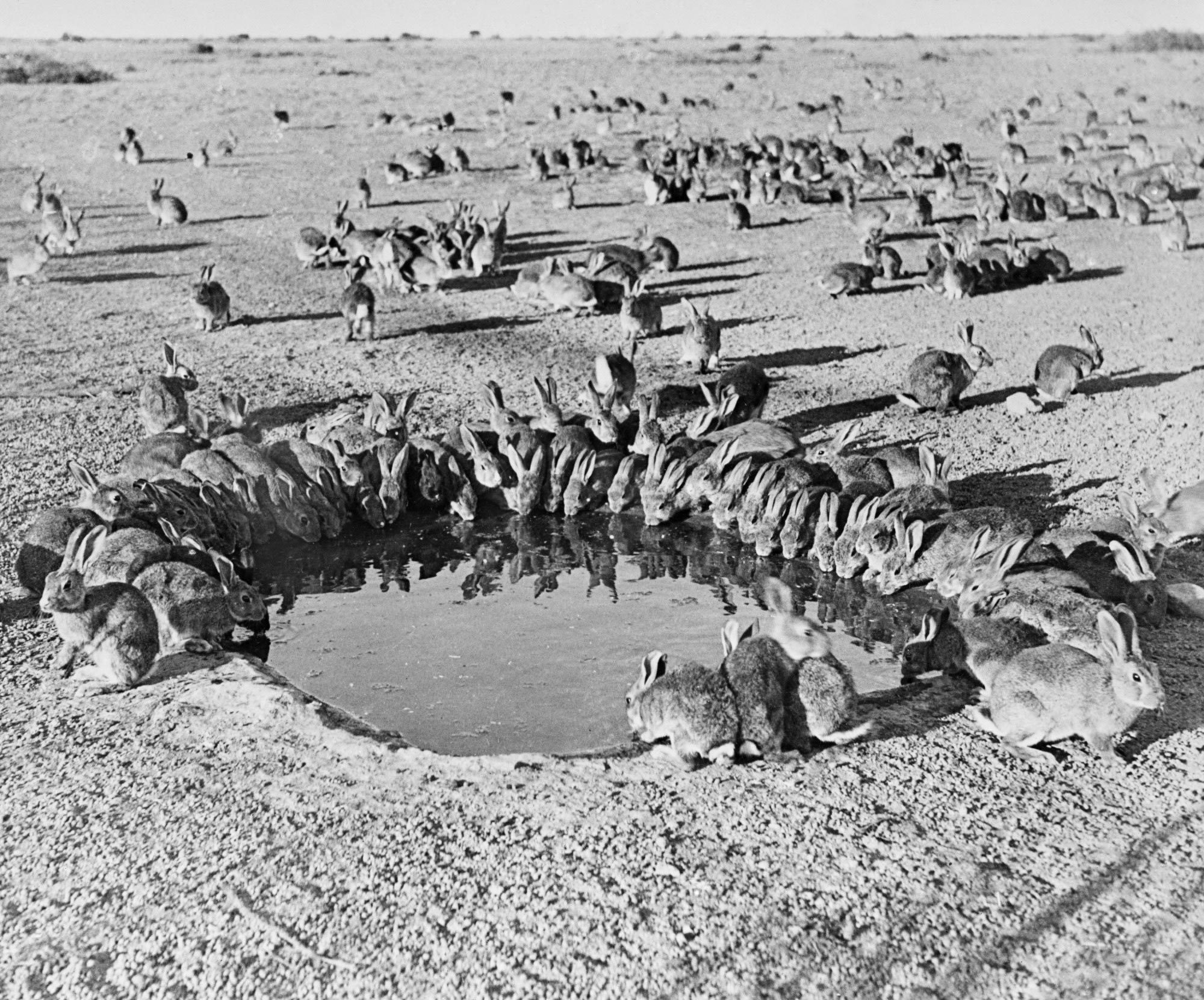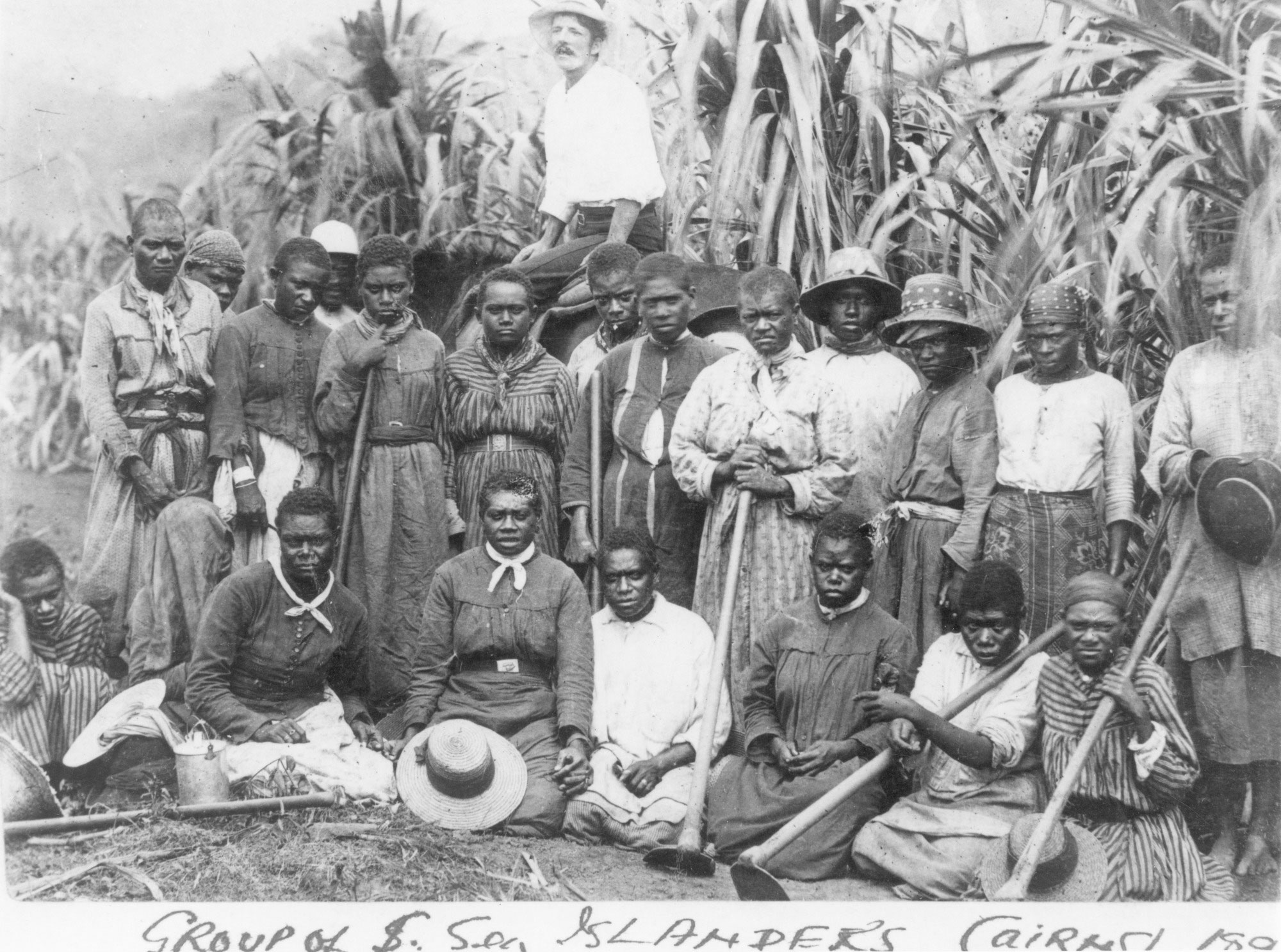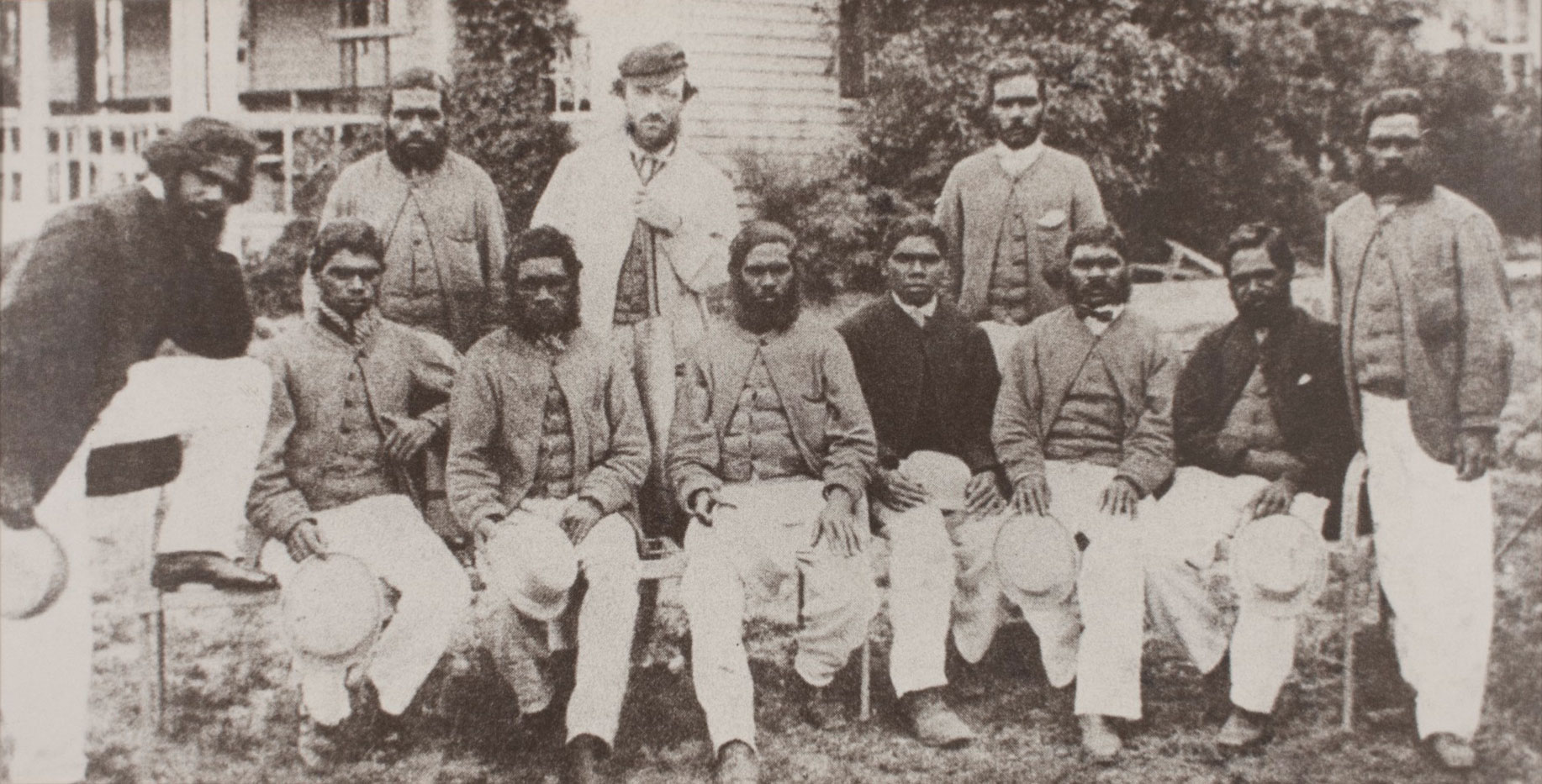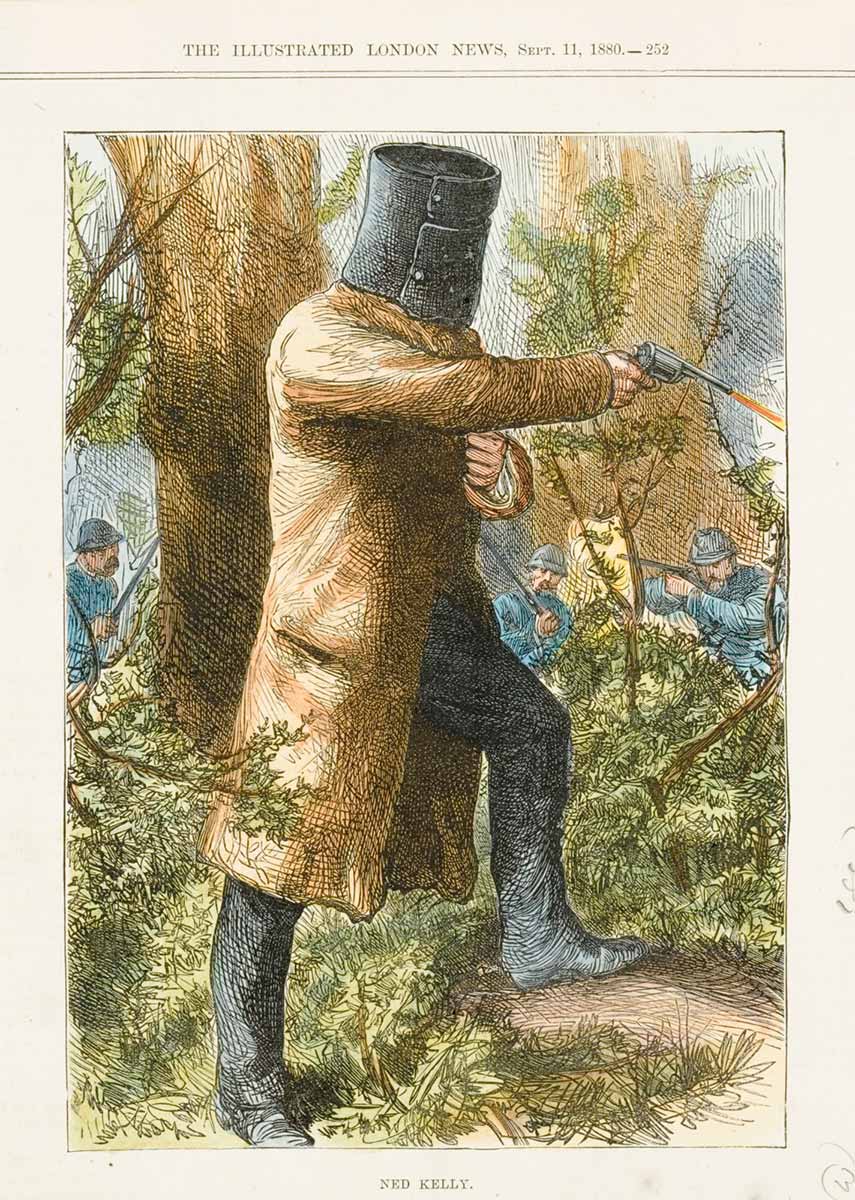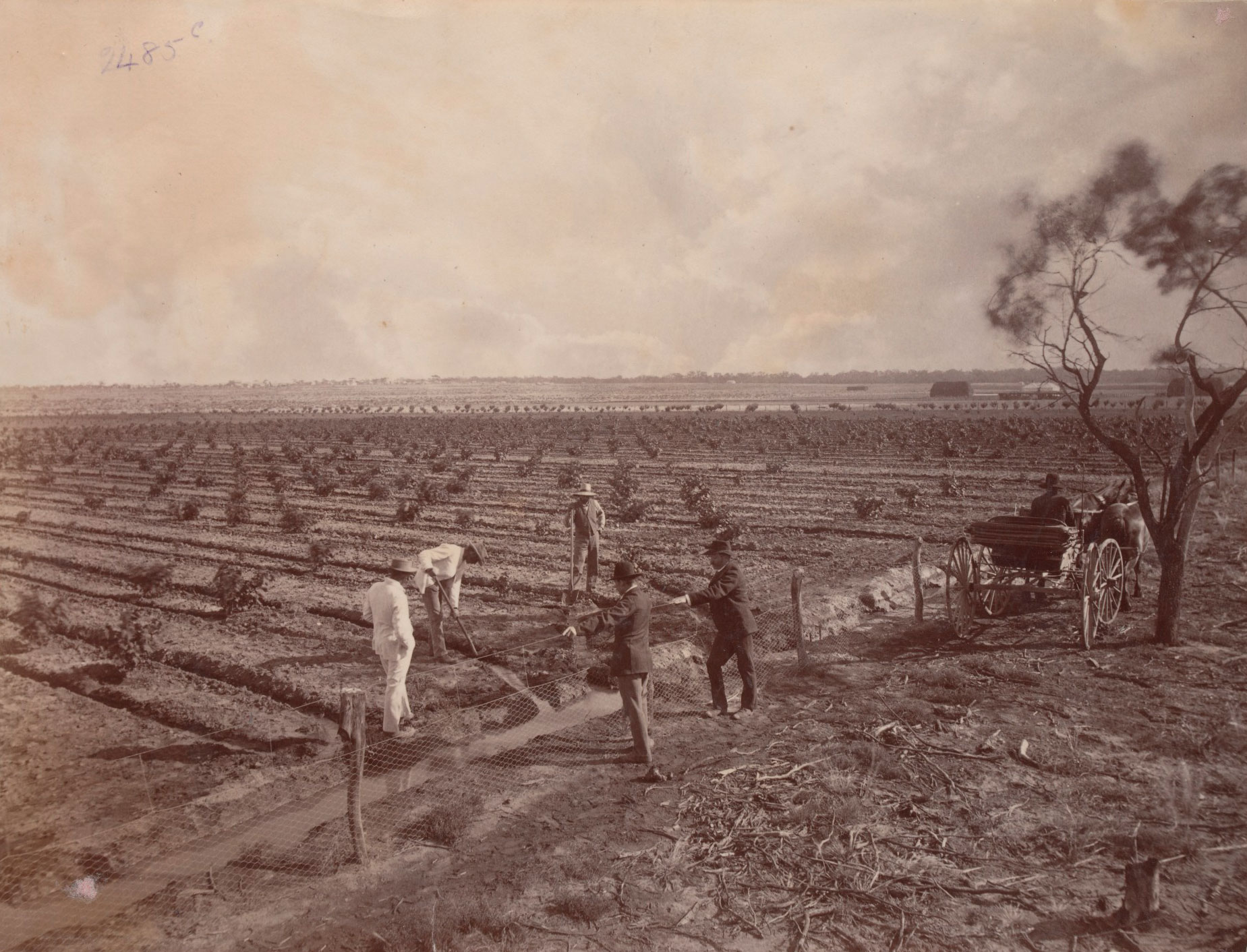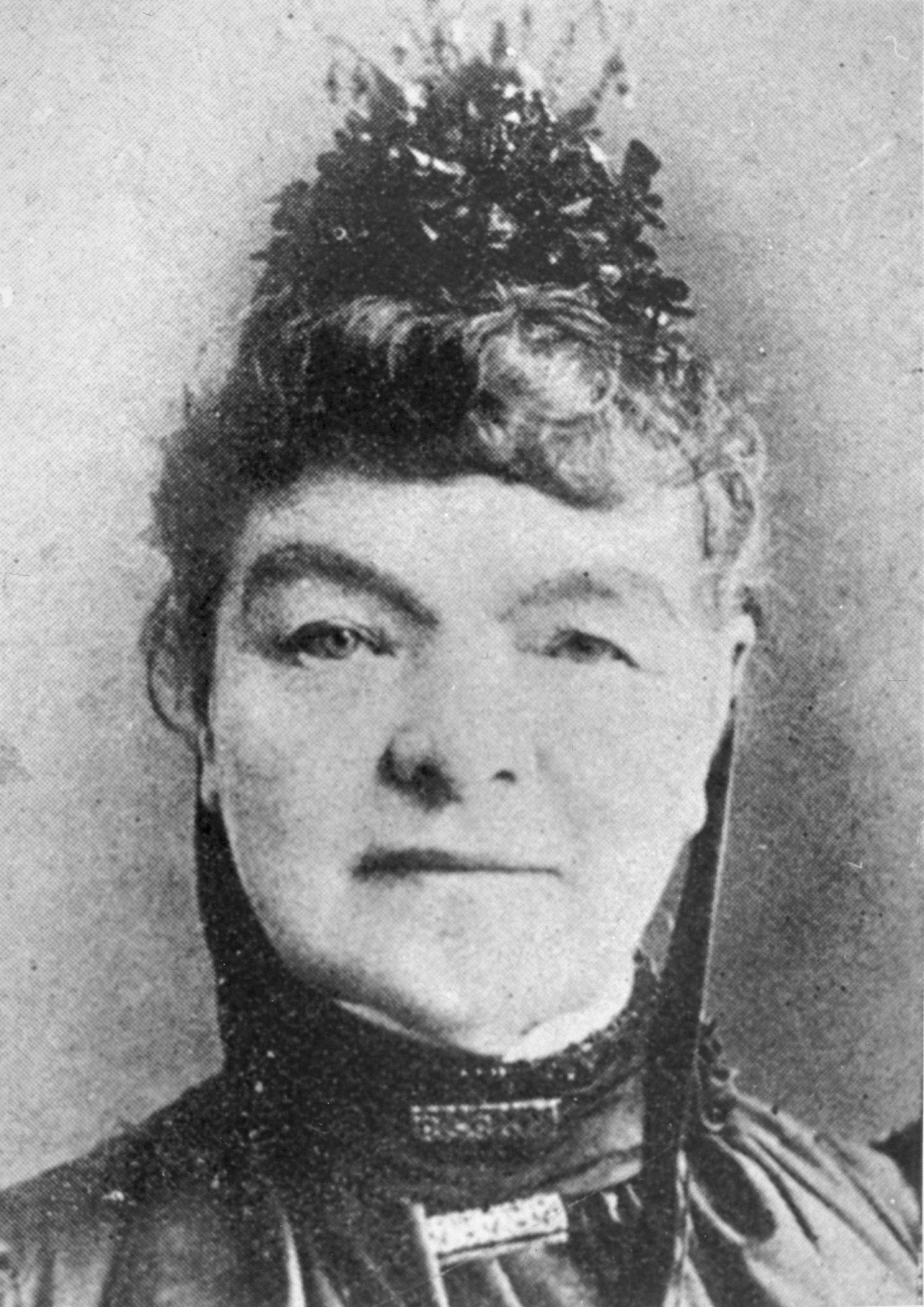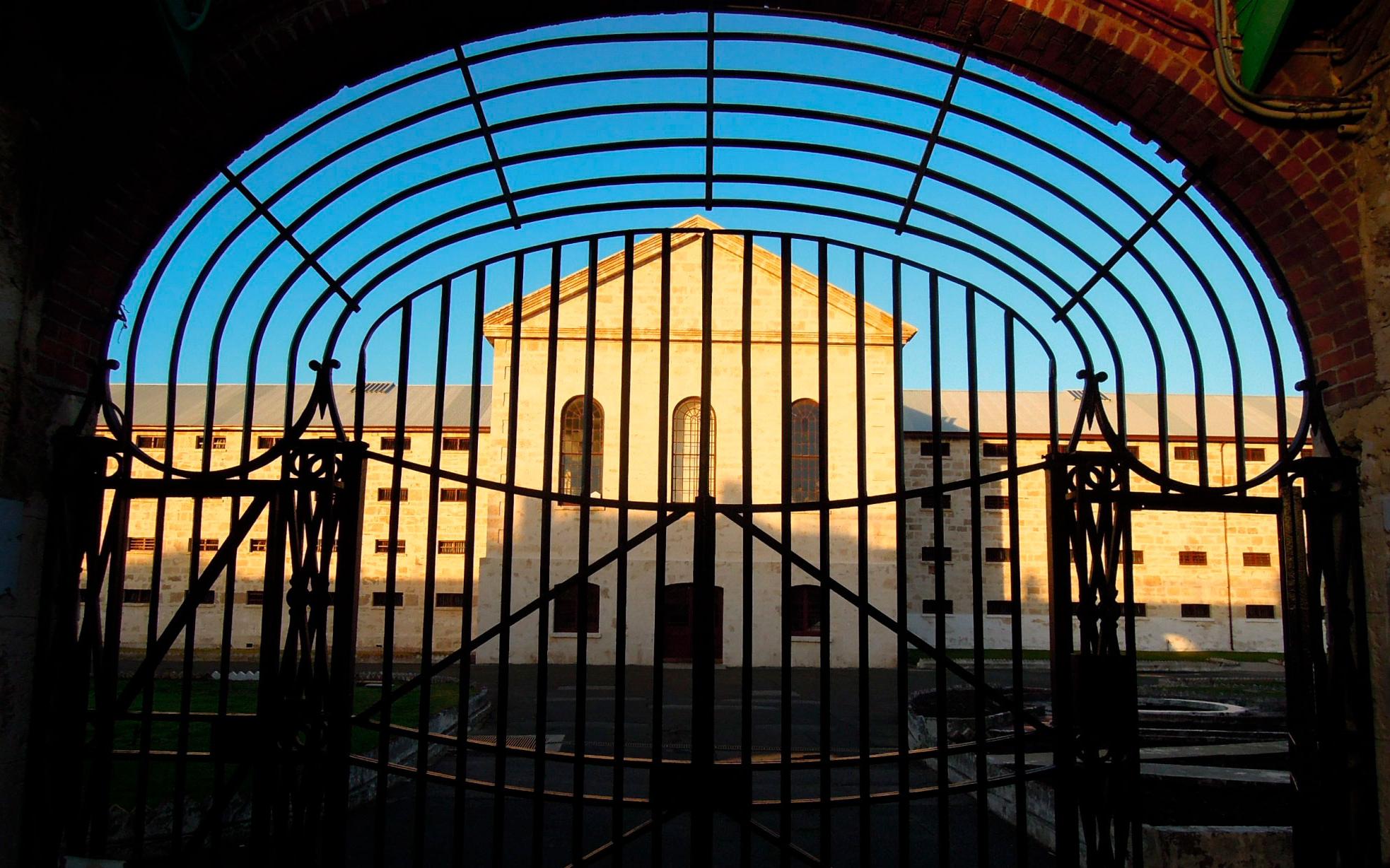Learning module:
Colonial Australia Defining Moments, 1788–1900
Investigation 1: What made us who we are today? Significant events in Australian history in the 1800s
1.3 Merino sheep introduced: ‘The sheep that killed kangaroos’
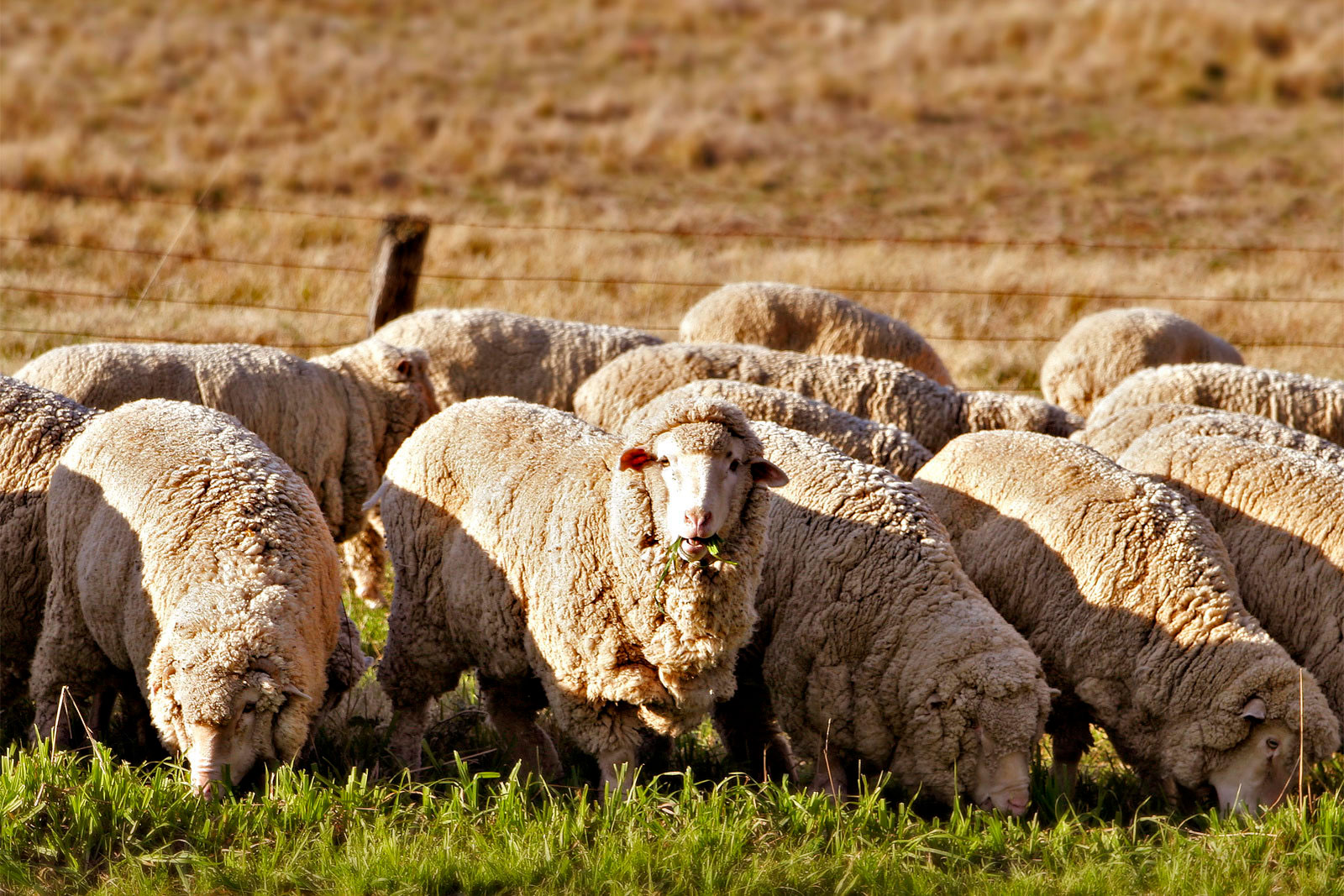
Imagine that…
You have the chance to own a flock of sheep. They are not just any sheep — they are merino sheep, with the finest fleece of all.
If you have a flock of sheep, you need a lot of land with grass and water, labourers to help look after and then shear the sheep, ways of getting the fleece to the port, and contacts overseas to sell the wool for you.
You know that you can sell merino wool to Britain for a high price. It will be made into fine clothing there.
This will be good for you, and good for the nation.
But the land you need for the sheep is the traditional land of the Indigenous Australian people. The land provides them with all their food, their tools and weapons, their shelter, their water, and their sacred sites.
One major food source is the kangaroo. The kangaroos need the grass and water. Aboriginal people hunt the kangaroos that provide them with food, bones for needles and sinews for string.
The kangaroo is also part of the Dreaming — the set of rules, laws and customs that explain how people must behave.
The sheep also cause erosion of the soil and the waterholes.
- Do you bring in the sheep, or do you leave the land for the Aboriginal people?
Discuss this question, then see how something like this really did happen in Australia.
Your task is to go through each evidence file and answer the questions.
|
Evidence file A |
Evidence file B |
Evidence file C |
|
Evidence file D |
Evidence file E |
Evidence file F |
Evidence file A
The history of sheep
Human domestication of wild animals began with the dog more than 12,000 years ago. People domesticated sheep and other livestock soon after. Over thousands of years, various sheep breeds have been developed across the world in response to local conditions and selective breeding.
The first sheep in Australia arrived with the First Fleet in 1788. They were intended as a source of meat. They were not well suited to the Australian environment and did not produce good quality wool.
1. Check your understanding of this evidence by selecting true or false for these statements.
Evidence file B
Meet the merino sheep
Captain Henry Waterhouse and Lieutenant William Kent brought the first flock of 26 Spanish merino sheep to Sydney from the Cape of Good Hope, at the southern tip of Africa, in 1797. The Spanish merino was a breed with fine, soft wool. They were very rare, because the Spanish kings wanted to keep them in Spain.
However, Waterhouse and Kent managed to buy some. Bad weather nearly doubled their expected time at sea, and more than half the sheep died before arriving at Sydney.
When they were landed Captain John Macarthur wanted to buy them all. Waterhouse refused the offer and kept his merino flock separate from other sheep, allowing them to breed only with one another. This kept the breed pure.
2. Check your understanding of this evidence by completing these statements.
Evidence file C
The Macarthurs
As Waterhouse’s flock increased, he eventually sold a few sheep to Macarthur.
Macarthur and his wife Elizabeth lived at Elizabeth Farm at Parramatta, using convicts to clear the land. The Macarthurs worked together to expand the pure merino flock, breeding more than 4000 animals by 1803.
John Macarthur was away from New South Wales and in England from late 1801 to mid-1805, and from 1809 until 1817. During this time, Elizabeth and John’s nephew, Hannibal, developed and managed the flock and wool production.
In 1807, the Macarthurs sent the first bale of Australian wool to England for sale.
In later years, the Macarthurs bred their flock with other merinos from around the world to ensure their sheep remained healthy.
3. Check your understanding of this evidence by selecting true or false for these statements.
Evidence file D
Impacts of the sheep
As the merino sheep increased in numbers, they took up more land. Farmers spread into new areas, coming into conflict with the Aboriginal owners of the land. The hard hooves of the sheep caused erosion of the soil and the waterholes. Kangaroos that also wanted to graze the grasslands were hunted off.
4. Check your understanding of this evidence by completing these statements.
Evidence file E
The legacy of the merino
In the second half of the 19th century, Australian merino breeders intensively crossbred their sheep with other international merino bloodlines. This produced larger, stronger sheep that could grow up to 10 times more fleece than the original variety. Their wool was finer, more dense, cleaner, more elastic and stronger, and thus better for making into cloth.
In 1850 there were 16 million sheep in Australia (not all of them merinos), or around 39 sheep per person. By the late 19th century, wool was Australia’s main export, helping create wealth and a good lifestyle for many people.
5. Check your understanding of this evidence by selecting true or false for these statements.
Evidence file F
Comparing two pictures
Below are two pictures showing merino sheep. One is a famous Australian painting. The other is a photograph taken a few years later.
Look at each picture and answer the questions that follow.
Picture A
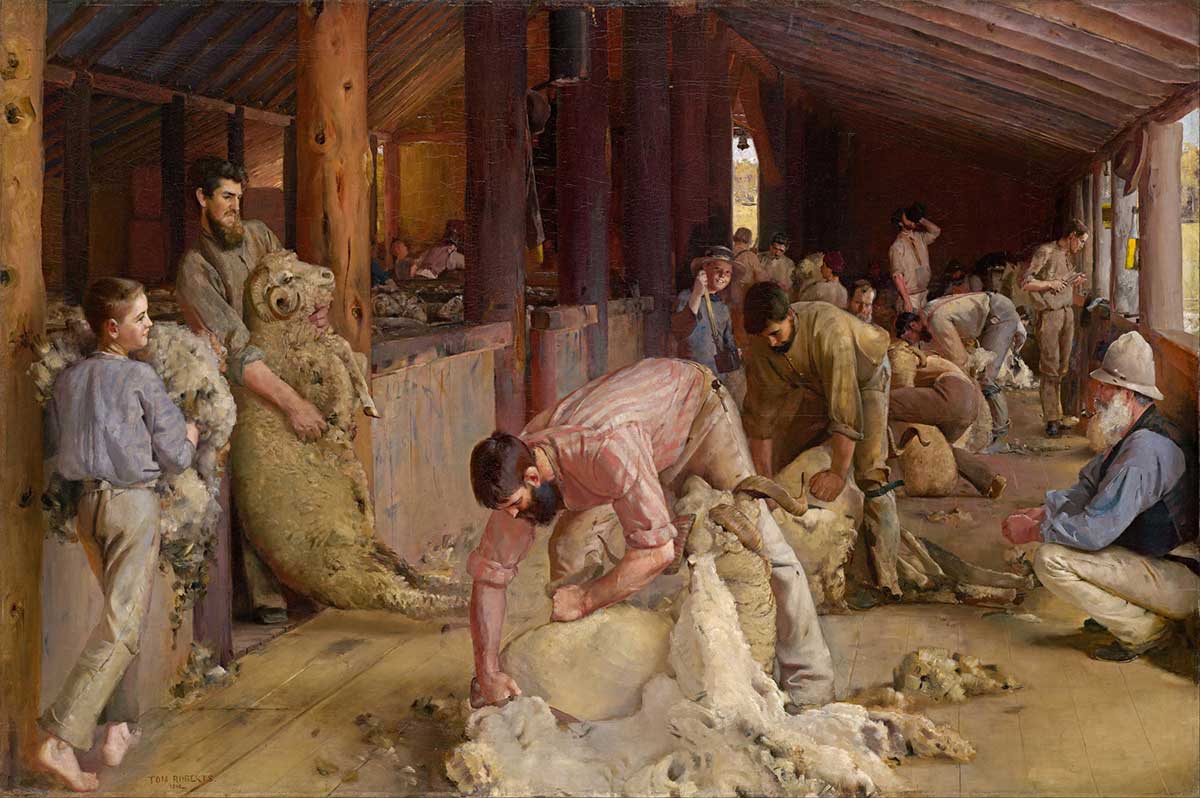
6. a. Who are the people in the painting?
b. What is happening?
c. What different jobs are being done?
d. List some words that describe what you think would be the sounds, feelings and smells in the shed.
e. Give the painting a title.
Now look at this photograph of a similar scene and answer the questions that follow.
Picture B
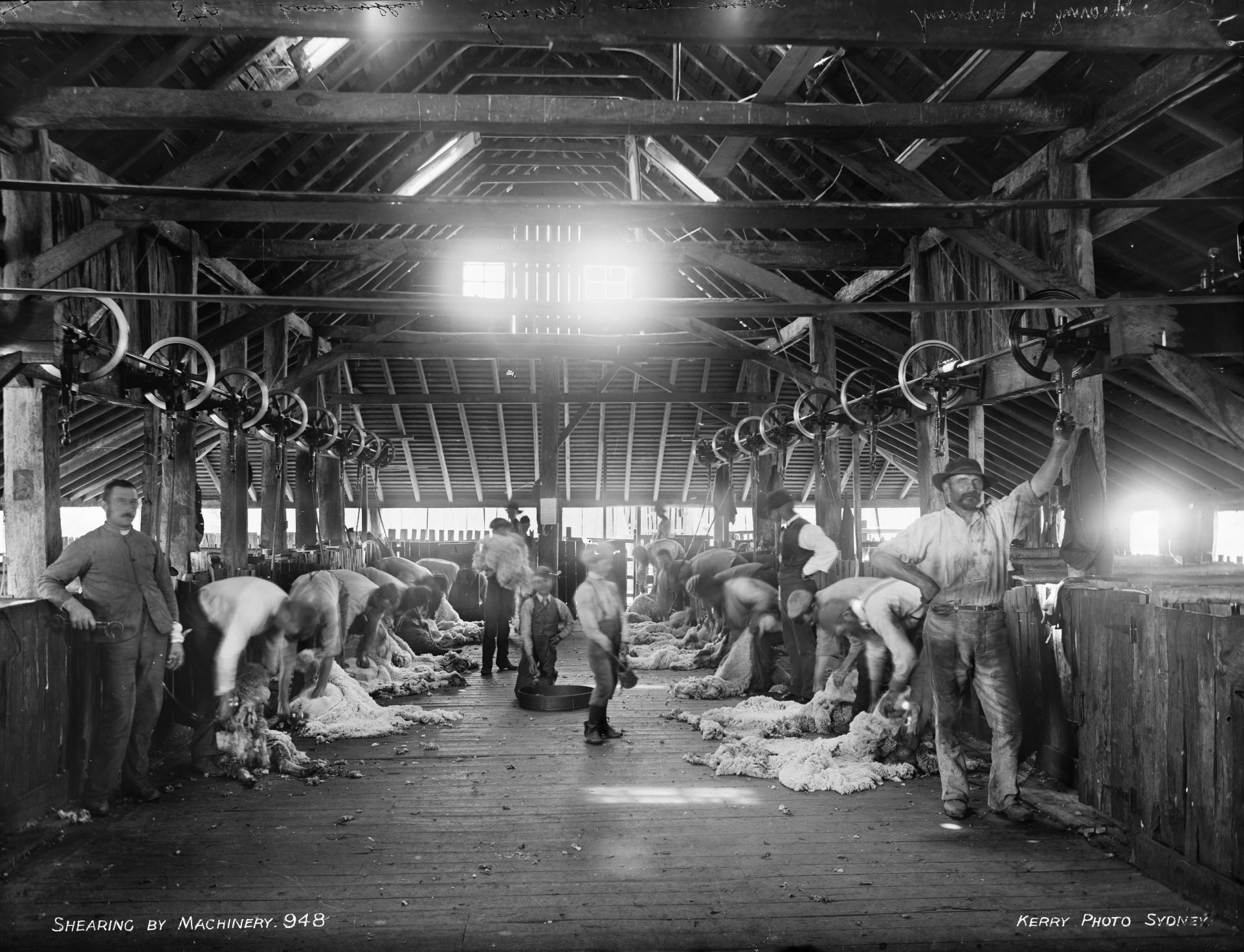
7. a. Give it a title.
b. Identify three main similarities and three main differences between the two pictures
c. Which one, the painting or the photograph, gives you the better facts about what is happening? Why?
d. Which one, the painting or the photograph, gives you the better impression about what is happening? Why?
Conclusion
8. Think about everything you have learned in this investigation. (a) What happened? (b) When? (c) Where? (d) Why?
9. Do you think the introduction of merino sheep is important in Australian history? Why?
10. The National Museum of Australia has many objects on display. These objects are linked to stories of people, places, events or ideas, and help us understand more about those stories.
Suggest three possible objects relating to sheep and shearing that could be in a museum.
11. If you could choose an object to put on display in the National Museum of Australia about merino sheep, what would it be? Make a choice, and write a short caption for it.
Finding out more
To find out more go to 1797 On the sheep’s back — Merino sheep introduced
You can also read more in: Robert Lewis in association with the National Museum of Australia, The Story of Australia, Random House Australia, North Sydney, 2017, chapter 3.






